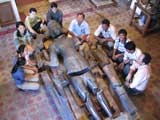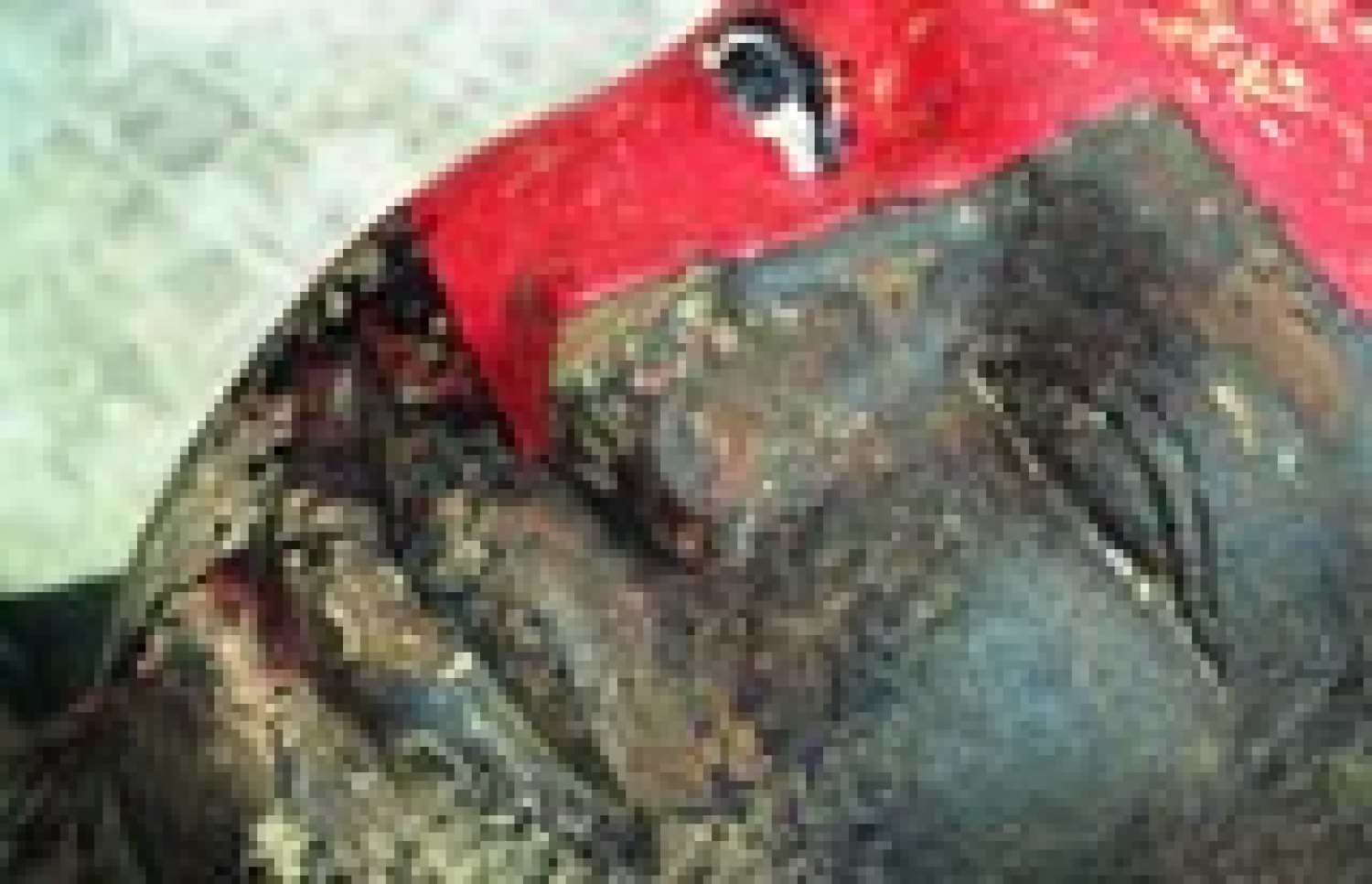At its inception, the workshop strived to restore a selection of masterpieces exhibited in Paris, Washington, Tokyo and Osaka between 1997 and 1998.
Since then, numerous activities—almost 1,200 for the museum—have been undertaken in accordance with conservation and restoration ethics. These activities range from superficial cleaning to the dismantlement / de-restoration and structural assembly of occasionally complicated items. All these operations, documented and recorded, aim at improving the conservation methods and the relevance of the new display.
Researches carried out simultaneously with these activities have enriched our knowledge of numerous of these artefacts. Many sculptures and stone inscriptions have now been better identified and sometimes supplemented. Field surveys are being carried out on the sites of old or recent discoveries. The research is based on the closely associated database of the National Museum, the Angkor Conservation and the EFEO. It benefits from the network of researchers (archaeologists, historians, epigraphists, architects etc.) brought together by the EFEO and the nearby Royal University of Fine Arts. Sampling of carved sandstone allows petrographers to better identify the variety of stones used, according to the regions and periods of ancient Cambodia. An exhaustive photographic documentation is registered in a permanently updated database. The workshop is currently reviewing and documenting the old museum's photographic collection.
Training is of course paramount. The current team is made up of six staff of the museum. They have all been able to develop specialties in restoration practices, documentation, conservation of inscriptions, and etc. Former members of the team still hold positions in the field of heritage conservation. Many trainees, students from the Royal University of Fine Arts and foreign students, also participate in workshop activities.
Works often revolve around different thematic. The workshop is for example widely recognized in the mastering of the rubbing technique of stone inscriptions, or the statuary from a specific site like Phnom Da.
The work often leads to the establishment of new permanent exhibitions: the post Angkorian Buddha, pre-Angkorian and Angkorian inscriptions, and the museum's history. Temporary exhibitions have also been organised, such as those devoted to new acquisitions, images of Ganesha and goddesses.

Periodically, the workshop team sees to the preparation and monitoring of many of the museum artefacts selected for international exhibitions of Khmer art.
The workshop regularly intervenes on collections located in the provinces, notably at the Angkor Conservation and at the Battambang and Takeo museums. Since 2004, the workshop has developed major collaborative work with the Museum of Cham Sculpture of Danang and the History Museum of Ho Chi Minh City. Workshops have been established and many sculptures have been restored and newly displayed. A new collaboration has started in 2010 with the Wat Phu site museum, in Laos.

